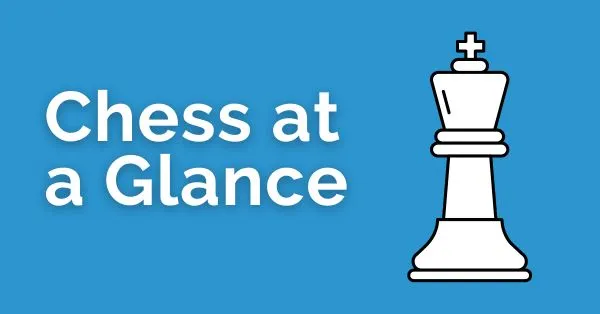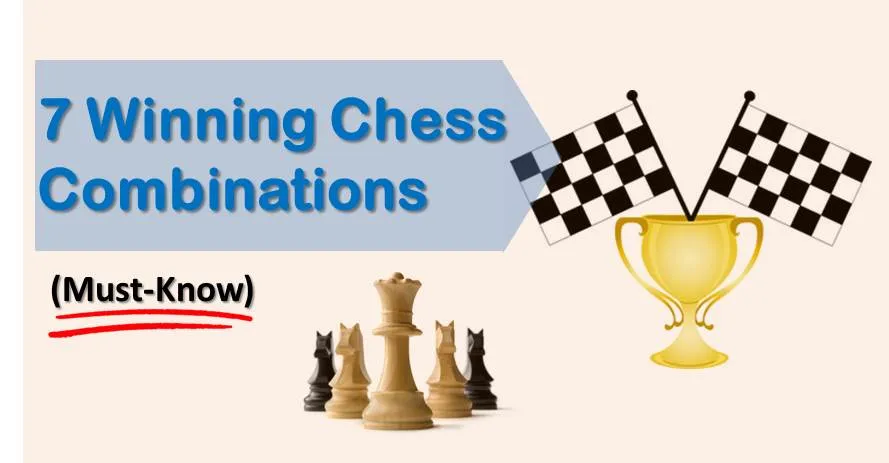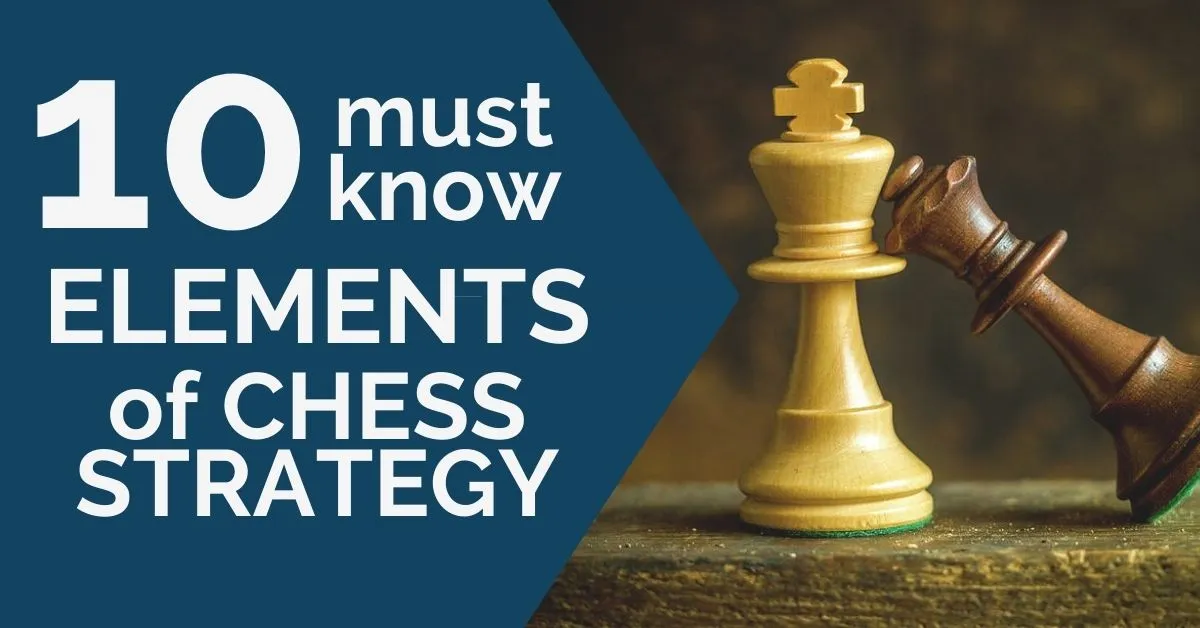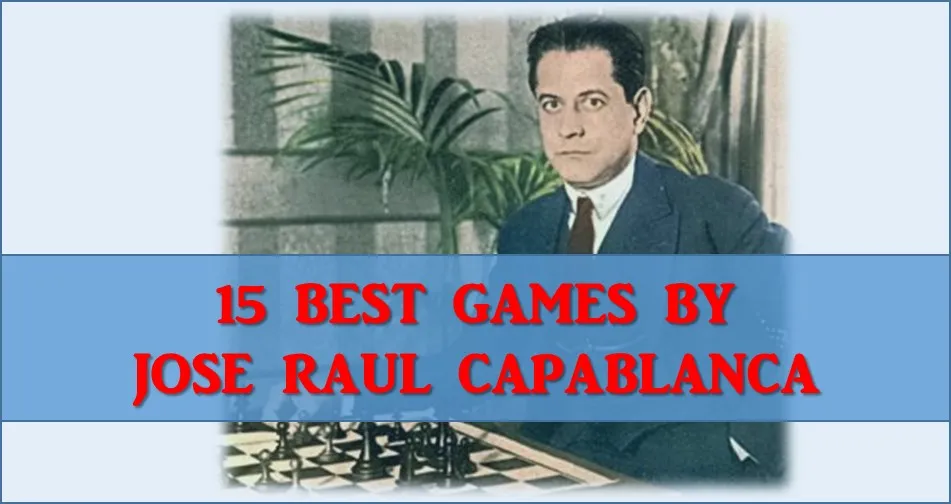Chess at a glance

CHESS IN ANCIENT HISTORY
The game of Chess has been attributed to the Indians both by the Persian people and by the Arabs. However, the origin of the game remains lost in antiquity. The words for chess in Old Persian and Arabic are chatrang and shatranj respectively – terms derived from chaturanga in Sanskrit, which literally means an army of four divisions.
Chess spread throughout the world and many variants of the game soon began taking shape. This game was introduced to the Near East from India and became a part of the princely or courtly education of Persian nobility. Buddhist pilgrims, Silk Road traders and others carried it to the Far East where it was transformed and assimilated into a game often played on the intersection of the lines of the board rather than within the squares. Chaturanga reached Europe through Persia, the Byzantine empire and the expanding Arabian empire. Muslims carried chess to North Africa, Sicily, and Spain by the 10th century.
The game was developed extensively in Europe, and by late 15th century, it had survived a series of prohibitions and Christian Church sanctions to almost take the shape of the modern game. The modern times saw reliable references works, competitive chess tournaments and exciting new variants add to the popularity of the game, further bolstered by reliable time mechanisms, effective rules and charismatic players.
CHESS IN MODERN HISTORY
Chess is a recreational and competitive game played between two players. Sometimes called Western chess or international chess to distinguish it from its predecessors and other chess variants, the current form of the game emerged in Southern Europe during the second half of the 15th century after evolving from similar, much older games of Indian and Persian origin. Today, chess is one of the world’s most popular games, played by millions of people worldwide in clubs, online, by correspondence, in tournaments and informally.
The game is played on a square chequered chessboard with 64 squares arranged in an eight-by-eight square. At the start, each player (one controlling the white pieces, the other controlling the black pieces) controls sixteen pieces: one king, one queen, two rooks, two knights, two bishops, and eight pawns. The object of the game is to checkmate the opponent’s king, whereby the king is under immediate attack (in “check”) and there is no way to remove it from attack on the next move.
The tradition of organized competitive chess started in the sixteenth century and has developed extensively. Chess today is a recognized sport of the International Olympic Committee. The first official World Chess Champion, Wilhelm Steinitz, claimed his title in 1886; Viswanathan Anand is the current World Champion. Theoreticians have developed extensive chess strategies and tactics since the game’s inception. Aspects of art are found in chess composition.
One of the goals of early computer scientists was to create a chess-playing machine, and today’s chess is deeply influenced by the abilities of current chess programs and by the possibility to play online. In 1996, a match between Garry Kasparov, then World Champion, and a computer proved for the first time that machines are able to beat even the strongest human players.
The first modern chess tournament was held in London in 1851 and won, surprisingly, by German Adolf Anderssen, relatively unknown at the time. Anderssen was hailed as the leading chess master and his brilliant, energetic – but from today’s viewpoint strategically shallow – attacking style became typical for the time. Sparkling games like Anderssen’s Immortal game or Morphy’s Opera game were regarded as the highest possible summit of the chess art. Deeper insight into the nature of chess came with two younger players. American Paul Morphy, an extraordinary chess prodigy, won against all important competitors, including Anderssen, during his short chess career between 1857 and 1863. Morphy’s success stemmed from a combination of brilliant attacks and sound strategy; he intuitively knew how to prepare attacks. Prague-born Wilhelm Steinitz later described how to avoid weaknesses in one’s own position and how to create and exploit such weaknesses in the opponent’s position. In addition to his theoretical achievements, Steinitz founded an important tradition: his triumph over the leading German master Johannes Zukertort in 1886 is regarded as the first official World Chess Championship. Steinitz lost his crown in 1894 to a much younger German mathematician Emanuel Lasker, who maintained this title for 27 years, the longest tenure of all World Champions.
Wilhelm Steinitz, the first World Chess ChampionIt took a prodigy from Cuba, José Raúl Capablanca (World champion 1921-27), who loved simple positions and endgames, to end the German-speaking dominance in chess; he was undefeated in tournament play for eight years until 1924. His successor was Russian-French Alexander Alekhine, a strong attacking player, who died as the World champion in 1946, having briefly lost the title to Dutch player Max Euwe in 1935 and regaining it two years later.
Between the world wars, chess was revolutionized by the new theoretical school of so-called hypermodernists like Aron Nimzowitsch and Richard Réti. They advocated controlling the center of the board with distant pieces rather than with pawns, inviting opponents to occupy the center with pawns which become objects of attack.
Since the end of 19th century, the number of annually held master tournaments and matches quickly grew. Some sources state that in 1914 the title of chess grandmaster was first formally conferred by Tsar Nicholas II of Russia to Lasker, Capablanca, Alekhine, Tarrasch and Marshall, but this is a disputed claim. This tradition was continued by the World Chess Federation (FIDE), founded in 1924 in Paris. In 1927, Women’s World Chess Championship was established; the first to hold it was Czech-English master Vera Menchik.
POST-WAR ERA (1945 AND LATER)
World Champions José Raúl Capablanca (left) and Emanuel Lasker in 1925. After the death of Alekhine, a new World Champion was sought in a tournament of elite players ruled by FIDE, who have, since then, controlled the title. The winner of the 1948 tournament, Russian Mikhail Botvinnik, started an era of Soviet dominance in the chess world. Until the end of the Soviet Union, there was only one non-Soviet champion, American Bobby Fischer (champion 1972-1975).
In the previous informal system, the World Champion decided which challenger he would play for the title and the challenger was forced to seek sponsors for the match. FIDE set up a new system of qualifying tournaments and matches. The world’s strongest players were seeded into “Interzonal tournaments”, where they were joined by players who had qualified from “Zonal tournaments”. The leading finishers in these Interzonals would go on the “Candidates” stage, which was initially a tournament, later a series of knock-out matches. The winner of the Candidates would then play the reigning champion for the title. A champion defeated in a match had a right to play a rematch a year later. This system worked on a three-year cycle.
Current World Champion Viswanathan Anand. The next championship, the so-called Match of the Century, saw the first non-Soviet challenger since World War II, American Bobby Fischer, who defeated his Candidates opponents by unheard-of margins and clearly won the world championship match. In 1975, however, Fischer refused to defend his title against Soviet Anatoly Karpov when FIDE refused to meet his demands, and Karpov obtained the title by default. Karpov defended his title twice against Viktor Korchnoi and dominated the 1970s and early 1980s with a string of tournament successes.
Karpov’s reign finally ended in 1985 at the hands of another Russian player, Garry Kasparov. Kasparov and Karpov contested five world title matches between 1984 and 1990; Karpov never won his title back.
In 1993, Garry Kasparov and Nigel Short broke with FIDE to organize their own match for the title and formed a competing Professional Chess Association (PCA). From then until 2006, there were two simultaneous World Champions and World Championships: the PCA or Classical champion extending the Steinitzian tradition in which the current champion plays a challenger in a series of many games; the other following FIDE’s new format of many players competing in a tournament to determine the champion. Kasparov lost his Classical title in 2000 to Vladimir Kramnik of Russia.
The FIDE World Chess Championship 2006 reunified the titles, when Kramnik beat the FIDE World Champion Veselin Topalov and became the undisputed World Chess Champion. In September 2007, Viswanathan Anand became the next champion by winning a championship tournament. [wikipedia]










Comments: